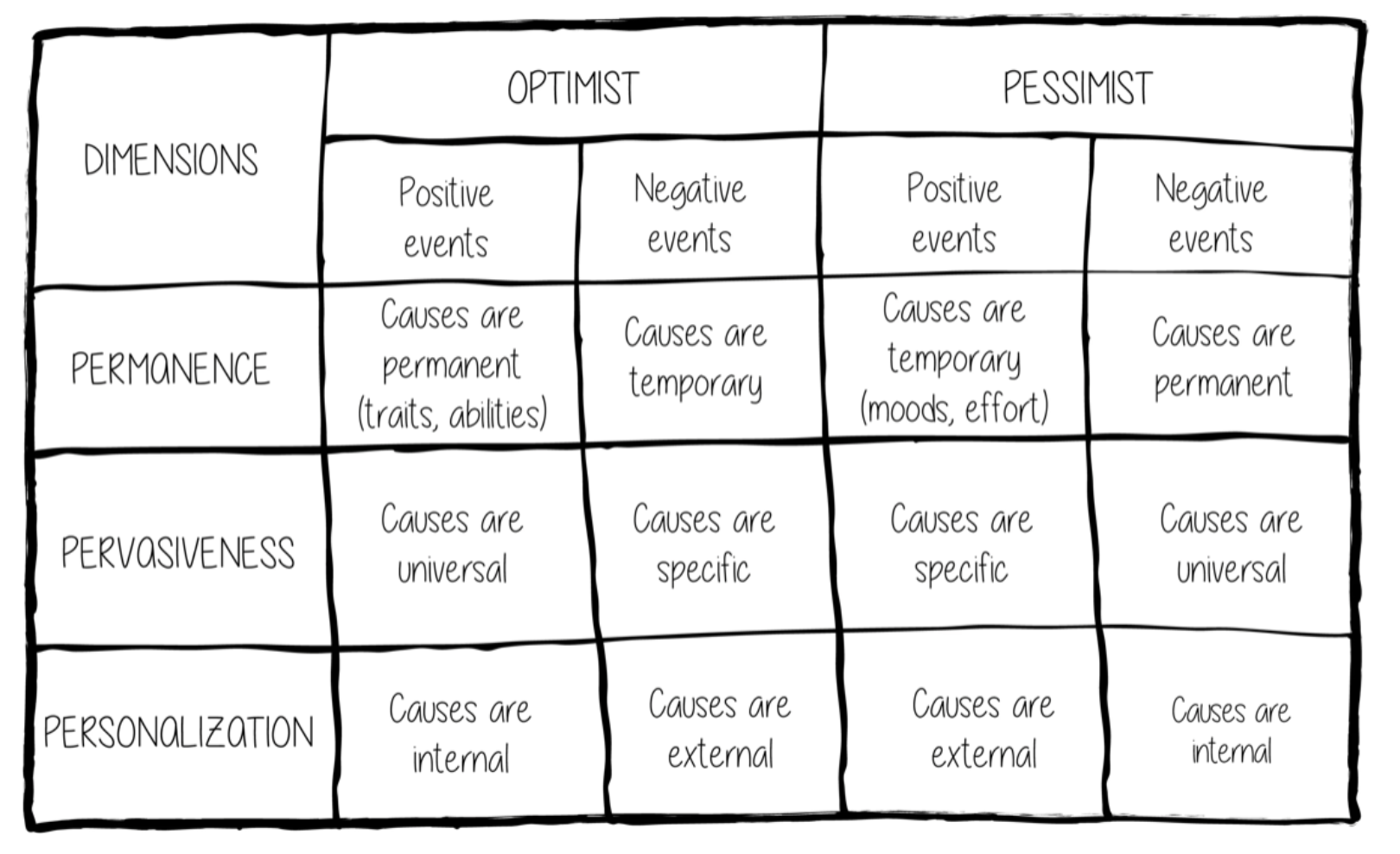Why Obama’s final interview as President is a crash course in Optimism
Now that the loudest microphone in the world has been handed over with disastrous consequences, it is only natural that we look back and reflect on the main qualities of its previous holder.
One of the most defining characteristics of former President Barack Obama was his optimism. According to Dr. Martin Seligman, the father of Positive Psychology, “optimism consists of the way you think about setbacks and the way you think about victories”. And there are three crucial dimensions in how we perceive and explain these events:
Permanence: we can either believe that the causes of events are temporary (she is in a bad mood today) or permanent (she is a bad person);
Pervasiveness: we can either explain events in terms of universal causes (all men have bad intentions) or in terms of specific causes (this guy I met had bad intentions);
Personalization: we can either believe events to be caused by ourselves (I’m no good at Maths) or by circumstances (the test was harder than usual).
As it turns out, optimists and pessimists think about positive and negative events in opposite ways:
When something good happens, the optimistic person says: I did it, it’s going to last forever, it’s going to help me in every circumstance, whereas the pessimistic person might say: It wasn’t me, it’s just this specific situation, it’s not going to last anyway.
When something bad happens, the optimistic person says: It was just circumstances, it’s going away quickly anyway, and, besides, there’s much more in life. The pessimistic person, on the other hand, says: It’s me, it’s going to last forever, it’s going to undermine everything I do.
These explanatory styles can be summarized as follows:
Design credits: Diland
Now let’s analyse Obama’s explanatory style, by going through some of the answers he gave Steve Kroft from 60 Minutes on his final interview as President.
This is his response when asked about how he will be remembered in 10 years:
Design credits: Diland
For a better understanding, the parts of the answer that refer to positive events are in bold. The parts where Obama refers to negative events are not.
The answer is mostly framed in terms of accomplishments, and for those, causes are internal (we did), permanent (is going to stick; ways that aren’t going back) and universal (it’s embedded itself in the economy; we’ve set the bar).
When talking about potential drawbacks, the explanation is temporary (now), external (the incoming Congress and administration) and specific (talks about repealing it. But we’ve set a bar).
In his book Learned Optimsm, Dr. Seligman explains that the more optimistic candidates win elections. There are different explanations for this, ranging from the ability to convey hope to the ability to take responsibility for what might occur. The latter is paramount in the following response of former President Obama. When asked about his inability to deliver on the promise to unify the country, this was his answer:
Design credits: Diland
You can see that during the first part of his answer he is talking about positive events. For those, Obama identifies causes that are internal (the track record we’ve put together), permanent (By almost every measure, the country is significantly better off than when I came in), and universal (The economy’s better. Our security’s better. The environment’s better. Our kids’ education is better).
When, in his last sentence, he refers to his defeat in bringing people together, he explains it in temporary (this partisan fever) and specific (I did not crack the code in terms of reducing this partisan fever) terms, but, surprisingly, the causes are also internal (I’m the first to acknowledge that I did not crack the code).
According to Dr. Seligman, attributing failures to internal causes may be essential to our ability to change, as long as we believe those downfalls to be temporary. This is what makes it possible for us to say: “I made a mistake, but it can be changed”.
Brené Brown, a research professor at the University of Houston, also refers to this idea in her book Rising Strong:
There is a huge difference between I screwed up (guilt) and I am a screwup (shame). The former is acceptance of our imperfect humanity. The latter is basically an indictment of our very existence.
. . .
There are many reasons why former President Obama is, and will be, missed as Master of Ceremonies. His optimism is certainly part of his legacy for future generations of politicians and citizens all over the world. We all can, and should, learn from this example on this matter.
Photo from CBS News
During the next week, at the end of each day, write down the most significant event of the day (it can be as daunting as going on a first date or as prosaic as coming home to your family). Classify it as positive or negative. Then, think about the causes (Why was the date so awkward? Was it the other person? Was it you? Was it maybe just this time and next time might be better? How does this experience relate to other areas of your life?).
Once you have done this for a week, look back at the table that summarizes the explanatory styles and try to identify your habitual way of explaining events to yourself. If you feel that five records aren’t enough, do it for another week. And if you find yourself to be a pessimist, act on it! As Dr. Seligman put it:
One of the most significant findings in psychology in the last twenty years is that individuals can choose the way they think.





